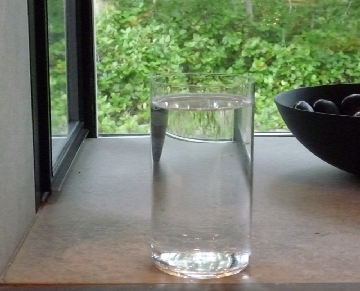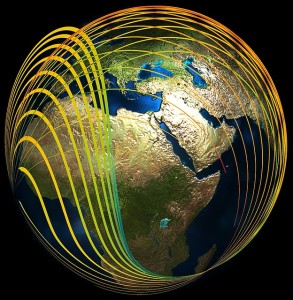 At the Paris World Climate Summit held in December 2015, participants overwhelmingly agreed to work on a legally binding agreement to reduce carbon output as soon as possible. While currently non-binding, there is commitment to “do their best to reduce their carbon output”. Global warming is expected to account for approximately 20% increase in water scarcity this century.
At the Paris World Climate Summit held in December 2015, participants overwhelmingly agreed to work on a legally binding agreement to reduce carbon output as soon as possible. While currently non-binding, there is commitment to “do their best to reduce their carbon output”. Global warming is expected to account for approximately 20% increase in water scarcity this century.
According to the Natural Resources Defense Council (NRDC), “Climate change will have significant impact on the sustainability of water supplies in the coming decades.”
The Federal Clean Water Needs Survey identified over $100 billion in needed infrastructure in the next 20 years to address stormwater and sewage overflows.
The NRDC goes on to explain that capturing rainwater from rooftops is an effective water resource management strategy that increases supply and reduces pollution.
The unnecessary use of potable water for non-potable uses, such as outdoor landscape irrigation and indoor toilet flushing, climate change and continually increasing areas of impervious surfaces in our landscape, results in stormwater runoff carrying pollution to our rivers, lakes, and beaches. Although the problems of water supply and water pollution can be complex, practical solutions for both are available now, such as capturing and using rainwater from rooftops.
Rooftop rainwater capture is a simple, cost-effective approach for supplying water that promotes sustainable water management. Reusing rainwater, rather than allowing it to run off of paved surfaces to pick up pollutants and carry them to nearby surface waters, is a practice which provides numerous benefits:
- Inexpensive, on-site supply of water that can be used for outdoor non-potable uses with little, if any, treatment, or for a variety of additional uses including potable supply with appropriately higher levels of treatment
- Reduced (or no) energy and economic costs associated with treating and delivering potable water to end users because capture systems often use low-volume, non-pressurized, gravity fed systems or require only the use of a low power pump for supply
- Reduced strain on existing water supply sources
- Reduced runoff that would otherwise contribute to stormwater flows, a leading cause of surface water pollution and urban flooding.
Seattle has adopted “Rooftops to Rivers” strategies for controlling storm water and combined sewer overflows. Updated code and regulations can be found here.

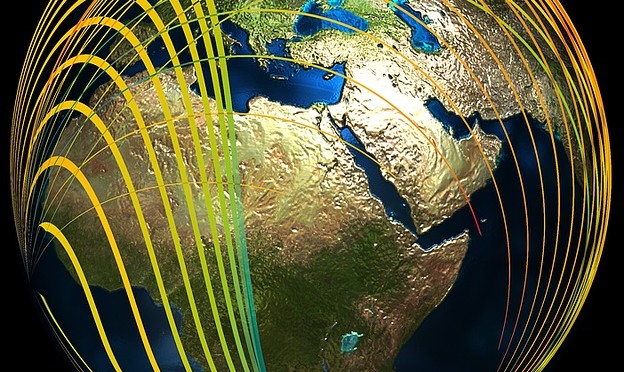
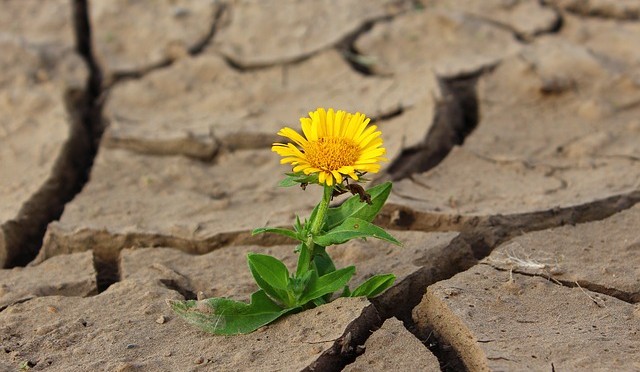
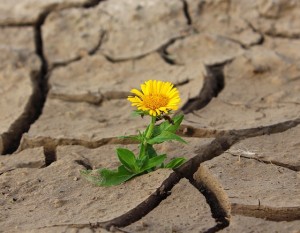 We at RainBank firmly hold true the belief that access to clean water is a basic human health necessity and a deserved right for all people.
We at RainBank firmly hold true the belief that access to clean water is a basic human health necessity and a deserved right for all people.